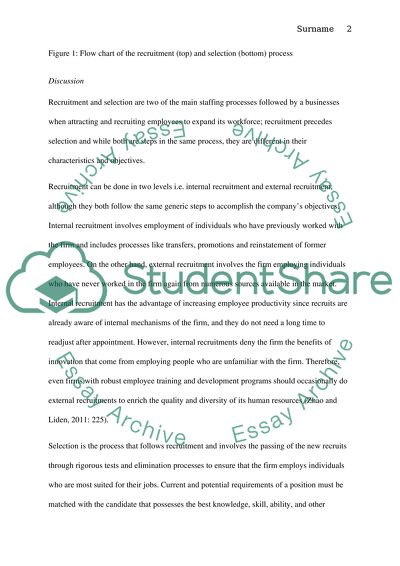Cite this document
(“Flow chart of the recruitment (top) and selection (bottom) process Assignment”, n.d.)
Retrieved from https://studentshare.org/human-resources/1395956-flow-chart-of-the-recruitment-top-and-selection-bottom-process
Retrieved from https://studentshare.org/human-resources/1395956-flow-chart-of-the-recruitment-top-and-selection-bottom-process
(Flow Chart of the Recruitment (top) and Selection (bottom) Process Assignment)
https://studentshare.org/human-resources/1395956-flow-chart-of-the-recruitment-top-and-selection-bottom-process.
https://studentshare.org/human-resources/1395956-flow-chart-of-the-recruitment-top-and-selection-bottom-process.
“Flow Chart of the Recruitment (top) and Selection (bottom) Process Assignment”, n.d. https://studentshare.org/human-resources/1395956-flow-chart-of-the-recruitment-top-and-selection-bottom-process.


